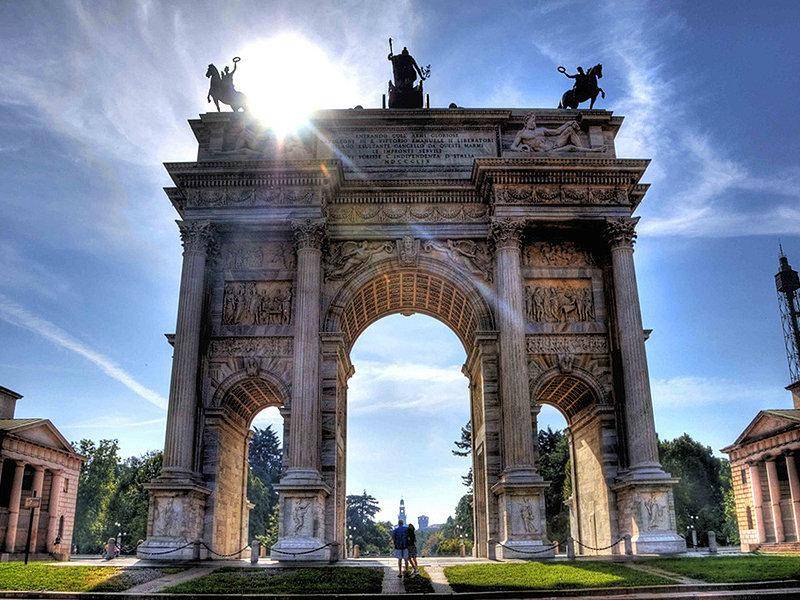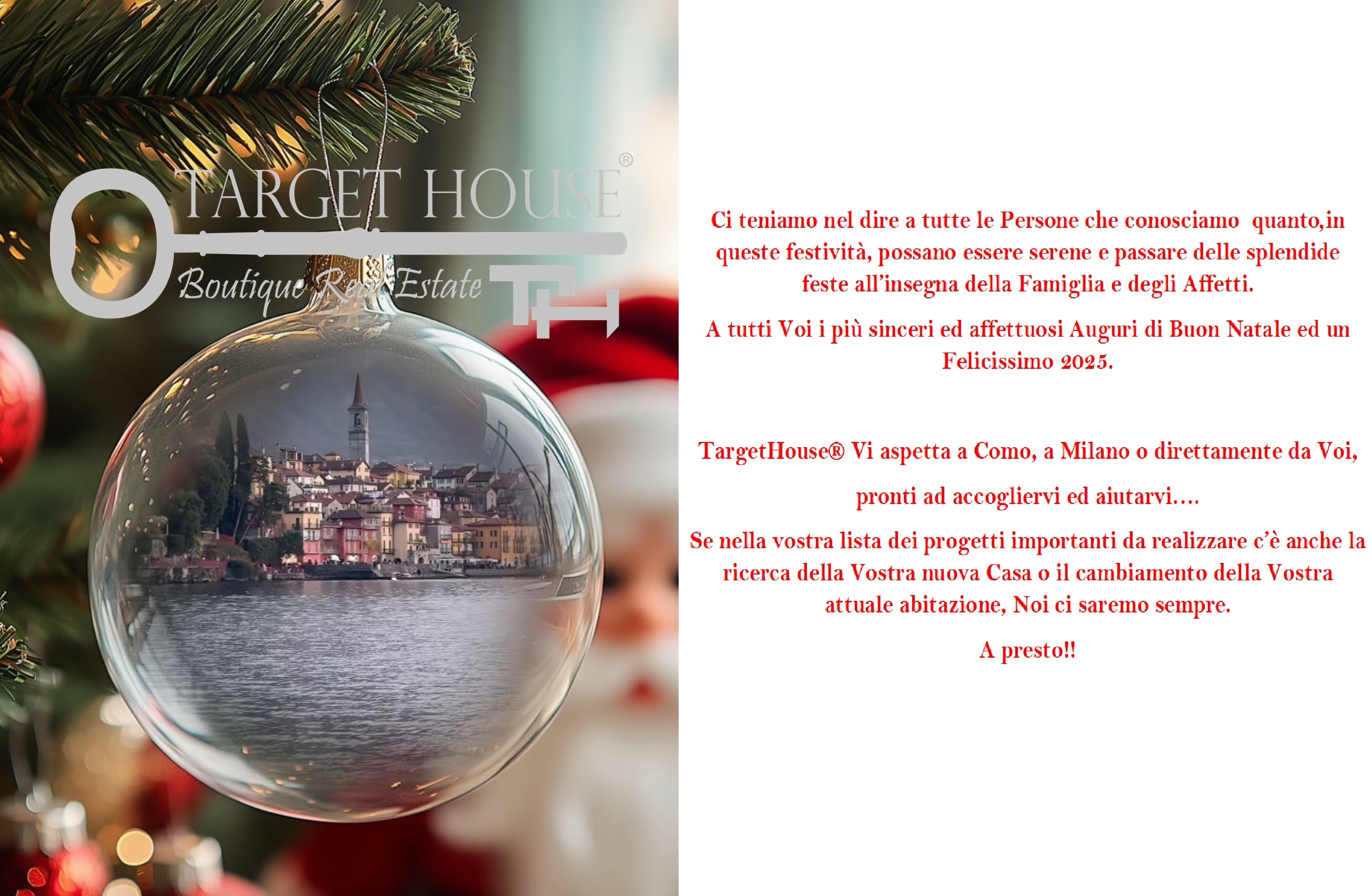The prices of used homes in Italy recorded an increase of 2.2% during 2024; compared to the last quarter, prices increased by 1.5% in the last part of the year.
According to Vincenzo De Tommaso, Head of Idealista's Research Department, "the increase in prices is due to the scarcity of available properties, wh...
Rents increasing throughout Italy
08.02.2025

Rents in Italy continue to record an upward trend also at the beginning of 2025. According to the analysis of the Research Department of idealista, the real estate portal, in the month of January rents increased by 0.7%... Compared to the same period of the previous year, the increase stood at 9.3%.
Capitals
61% of the capitals analyzed by idealista recorded an increase in rents, with the main increases recorded in Trapani (7%), Caltanissetta (4.9%), Matera and Rimini (both 4%). Among the top 10 increases of the period, large markets such as Rome and Turin also stand out, where requests from owners increased by 3.2%. The two cities lead other important places in the rental sector, such as Florence (2.9%), Naples (1.3%) and Milan (1%). The only exception among the main markets is Bologna, which saw a slight decline of 0.3% in January.
Five capitals kept rents stable compared to the previous month, including Genoa, Mantua, Siena, Viterbo and Alessandria. On the contrary, 28 cities recorded a drop in rental prices, with the steepest drops in Andria (-15%), Cosenza (-6.4%) and Sassari (-4.9%).
Milan (23.6 euros/m²) remains the most expensive city for Italian tenants, followed by Florence (22.1 euros/m²), Bologna (18.5 euros/m²), Como (18 euros/m²), Rome (17.8 euros/m²) and Naples (16.1 euros/m²). In contrast, the most convenient cities for renters are Caltanissetta (4.6 euros/m²), Vibo Valentia (5.4 euros/m²) and Reggio Calabria (5.5 euros/m²).
Provinces
Even at the provincial level, rents are mainly growing. Among the areas that stand out for the increase in prices, Terni leads the ranking with a strong 10.4%, followed by Caltanissetta (8.4%) and Ravenna (7.3%). The provinces of Rome (4.1%) and Milan (1.3%) also increased, continuing to be among the most requested destinations.
On the other hand, 39 provinces recorded reductions, with the most significant drops this time in Rimini (-20.9%), not new to a certain volatility in its rents, which are affected by seasonal fluctuations in supply, followed by Vercelli (-11.6%) among the capitals with double-digit drops. The rest of the centers are included (included) in a range that goes from -4.1% in Enna to the slight drops of 0.1% that Caserta, Pistoia and Potenza have in common.
In terms of prices, Belluno confirms itself as the most exclusive province in Italy, with requests exceeding 30 euros per square meter (32.9 euros/m²), a level that places it at the top of the market. Followed in the high range are Lucca (28.8 euros/m²) and Milan (22.6 euros/m²). On the other hand, the most accessible locations for renters are located in the south: Enna (5 euros/m²), Reggio Calabria (5.6 euros/m²), Caltanissetta (5.6 euros/m²) and Avellino (5.7 euros/m²) offer opportunities at decidedly lower prices.
Regions
This month, regional trends are decidedly positive, with 15 regions reporting increases, compared to just 5 declines. Molise is the region that records the most significant increase (4.8%), followed by Lazio and Calabria (both up 3.6%), then Umbria with 3.2% to complete the picture of the regions with the best monthly performances. Another 8 regions see increases higher than the national average of 0.7%, with values ranging from 2.5% in Tuscany to 0.9% in Piedmont. Marche (0.4%) and Liguria (0.1%) also closed the month with slight increases, while bucking the trend were Emilia-Romagna (-2.6%), Valle d'Aosta (-2.4%), Campania and Friuli Venezia Giulia (-1%) and Puglia (-0.2%), which recorded declines.
On the price front, Lombardy (19.6 euros/m²) overtakes the Aosta Valley and becomes the most expensive region for renters. This is followed, in order, by Valle d'Aosta (18.7 euros/m²), Tuscany (17.7 euros/m²), Trentino-Alto Adige (14.3 euros/m²) and Lazio (14 euros/m²). All the other regions of the Peninsula have prices lower than the national average of 14 euros, with values ranging from 13.9 euros in Emilia-Romagna to 7.1 euros in Molise, which confirms itself as the region with the cheapest rents in Italy.
Capitals
61% of the capitals analyzed by idealista recorded an increase in rents, with the main increases recorded in Trapani (7%), Caltanissetta (4.9%), Matera and Rimini (both 4%). Among the top 10 increases of the period, large markets such as Rome and Turin also stand out, where requests from owners increased by 3.2%. The two cities lead other important places in the rental sector, such as Florence (2.9%), Naples (1.3%) and Milan (1%). The only exception among the main markets is Bologna, which saw a slight decline of 0.3% in January.
Five capitals kept rents stable compared to the previous month, including Genoa, Mantua, Siena, Viterbo and Alessandria. On the contrary, 28 cities recorded a drop in rental prices, with the steepest drops in Andria (-15%), Cosenza (-6.4%) and Sassari (-4.9%).
Milan (23.6 euros/m²) remains the most expensive city for Italian tenants, followed by Florence (22.1 euros/m²), Bologna (18.5 euros/m²), Como (18 euros/m²), Rome (17.8 euros/m²) and Naples (16.1 euros/m²). In contrast, the most convenient cities for renters are Caltanissetta (4.6 euros/m²), Vibo Valentia (5.4 euros/m²) and Reggio Calabria (5.5 euros/m²).
Provinces
Even at the provincial level, rents are mainly growing. Among the areas that stand out for the increase in prices, Terni leads the ranking with a strong 10.4%, followed by Caltanissetta (8.4%) and Ravenna (7.3%). The provinces of Rome (4.1%) and Milan (1.3%) also increased, continuing to be among the most requested destinations.
On the other hand, 39 provinces recorded reductions, with the most significant drops this time in Rimini (-20.9%), not new to a certain volatility in its rents, which are affected by seasonal fluctuations in supply, followed by Vercelli (-11.6%) among the capitals with double-digit drops. The rest of the centers are included (included) in a range that goes from -4.1% in Enna to the slight drops of 0.1% that Caserta, Pistoia and Potenza have in common.
In terms of prices, Belluno confirms itself as the most exclusive province in Italy, with requests exceeding 30 euros per square meter (32.9 euros/m²), a level that places it at the top of the market. Followed in the high range are Lucca (28.8 euros/m²) and Milan (22.6 euros/m²). On the other hand, the most accessible locations for renters are located in the south: Enna (5 euros/m²), Reggio Calabria (5.6 euros/m²), Caltanissetta (5.6 euros/m²) and Avellino (5.7 euros/m²) offer opportunities at decidedly lower prices.
Regions
This month, regional trends are decidedly positive, with 15 regions reporting increases, compared to just 5 declines. Molise is the region that records the most significant increase (4.8%), followed by Lazio and Calabria (both up 3.6%), then Umbria with 3.2% to complete the picture of the regions with the best monthly performances. Another 8 regions see increases higher than the national average of 0.7%, with values ranging from 2.5% in Tuscany to 0.9% in Piedmont. Marche (0.4%) and Liguria (0.1%) also closed the month with slight increases, while bucking the trend were Emilia-Romagna (-2.6%), Valle d'Aosta (-2.4%), Campania and Friuli Venezia Giulia (-1%) and Puglia (-0.2%), which recorded declines.
On the price front, Lombardy (19.6 euros/m²) overtakes the Aosta Valley and becomes the most expensive region for renters. This is followed, in order, by Valle d'Aosta (18.7 euros/m²), Tuscany (17.7 euros/m²), Trentino-Alto Adige (14.3 euros/m²) and Lazio (14 euros/m²). All the other regions of the Peninsula have prices lower than the national average of 14 euros, with values ranging from 13.9 euros in Emilia-Romagna to 7.1 euros in Molise, which confirms itself as the region with the cheapest rents in Italy.


